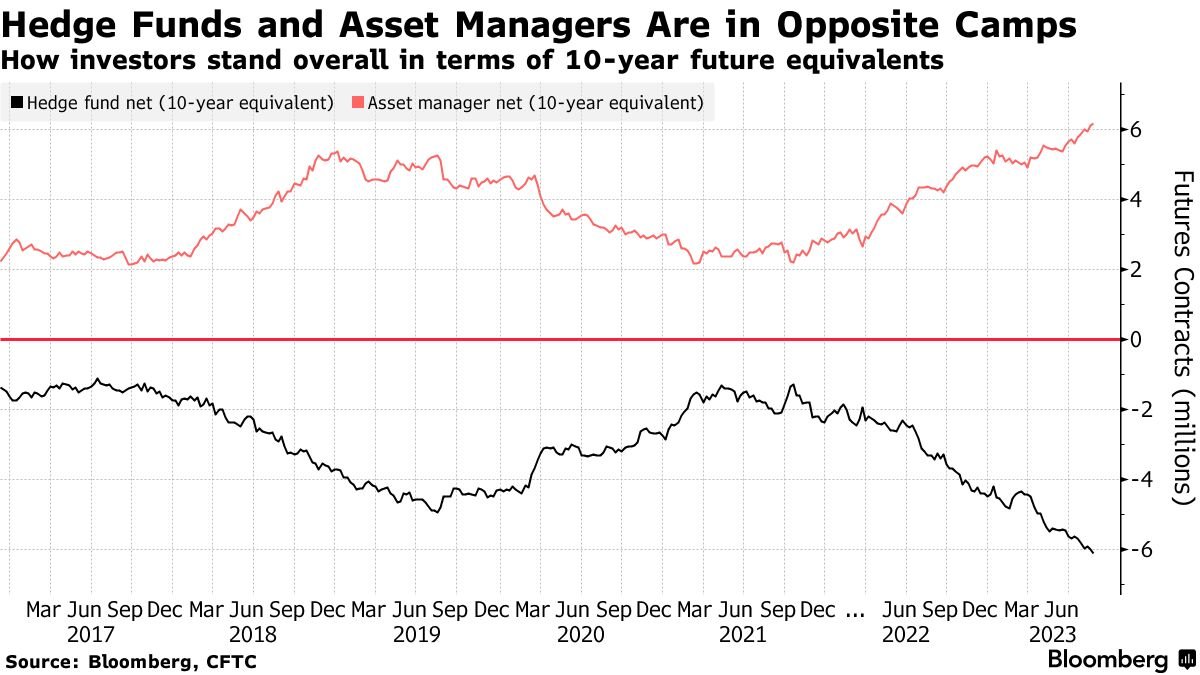In recent weeks, I’ve discussed America’s challenges ahead.
It’s not a dollar crisis that awaits; rather, we face a duration bond crisis.
China, facing pressure to stabilize the yuan, ordered banks to sell dollars and buy stocks. But they may need to dump U.S. Treasuries – and they have about $850 billion worth on the books.
Japan, meanwhile, has altered its monetary policy. A recent Yield Curve Control program would enable the shorter-term bonds to shift from 0.5% to 1.0% on the upper bound. Several insurance companies have taken a hit from falling U.S. bond prices – and they’d love to bring some money home if Japan continues to hike interest rates. That’s a big chunk of U.S. bonds.
And then there’s Saudi Arabia. The nation has spurned this administration at every turn, from refusing to raise OPEC production to keep oil prices low to enhancing its relationships with Russia, China, and other economic competitors with the U.S.
The Financial Times produced this chart on Wednesday.

Saudi holdings of U.S. Treasuries are now down to 2016 lows.
Now, the Saudis are not among the Top 10 holders of U.S. debt. But Japan, China, the United Kingdom, and a large basket of emerging markets are.
With people like Paul Krugman calling for the Fed to give up and raise the inflation target to 3% (from 2%), this puts pressure on the desire for long-term U.S. bonds sitting at 4.2%.
The Treasury Department wants buyers of bonds ranging from 10 years to 30 years… but no one wants to own them.
So, who will own all this debt – especially if other nations begin to turn away from our Treasury bills and turn to other assets like gold or emerging-market debt?
If You Can’t Spot the Sucker at the Table…
Well, I hate to be the bearer of bad news… but the Congressional Budget Office says you are.
Americans will be stuck holding a bag - the bag, really - of long-duration bonds. Where they’ll get the money to buy them is anyone’s guess.
The chart I’m showing you is from the CBO report called “The Budget and Economic Outlook: 2022 to 2032.”
This chart shows that debt held by the public hit roughly 100%. Still, it’s expected to spiral much higher –to 200% by the time I turn 70 (and I’m receiving 50% of the money I put into Social Security and Medicare).

Remember that “public” is defined by individuals, corporations, foreign governments, and financial institutions.
Government securities, like Treasury bonds, notes, and bills, define debt.
Well, demand for U.S. bonds and bills may be dropping like a stone in the future from corporations, governments, and institutions.
So, individuals meaning… us… Americans.
It’s not like they haven’t tried to force Americans to own long-term bonds. About a decade ago, the Obama Administration tried to create a retirement program for all Americans called MyRA.
It would have required Americans to invest in long-term bonds. In addition, several U.S. agencies prohibit equity holdings in retirement accounts by certain employees. The plans all involve owning U.S. debt.
(Imagine if Congressional members couldn’t own stock but could only hold 30-year bonds. How would they behave about the debt?)
There’s Always Option No. 2
Another way to play it would mean the Federal Reserve – as buyer of last resort – has to suck up all of the bonds dumped by foreign nations and institutions.
This chart shows that asset managers are thinking the same thing. As pressure builds on long duration debt the expectation by most is another round of quantitative easing (QE).

But as we know, that would likely fuel challenges ahead where the central bank would need to roll over future debt… while Congress continues to authorize new paper to refinance debts.
While that might shore up the economy and prevent a liquidity crisis, it will only fuel greater performance for the equity market – which is again fueled heavily by credit and available capital.
The future will be wild…
I’ll just put it that way. But this will be a major trend – De-Americanization – that transforms the global financial markets over the next 10 to 15 years.
Stay positive,
Garrett Baldwin
Secretary of Finance
Sign Up on Substack


